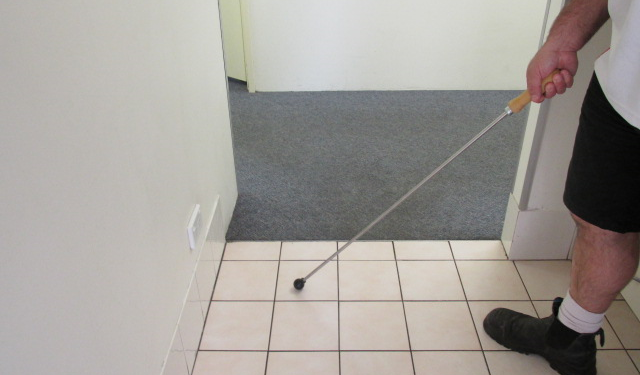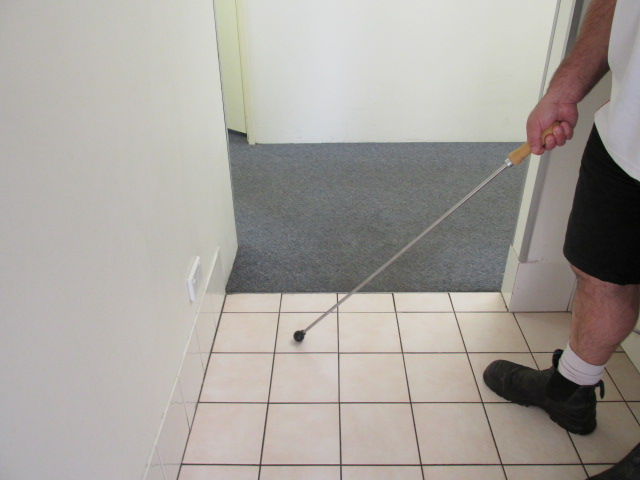
Drummy tiles – why does this happen & how can I fix it?
There may be a number of reasons that tiles have become drummy or loose including:
- Lack of adhesive originally used by tiler in the laying process resulting in the creation of hollow voids
- Incorrect adhesive used by the tiler
- Tiles not laid onto adhesive quick enough, affecting strength of finished bond
- Incorrect preparation of substrate prior to laying of tiles. Examples include not allowing a concrete slab to fully cure or not sufficiently cleaning the substrate of dust and particles
- Thermal exposure
- Lack of control / expansion joints
- Faults created in individual tiles in the manufacturing process
- Timber Pest attack to substrate
- Moisture exposure such as a burst pipe causing flooding
- Tiled floors receiving traffic prior to full bonding strength being achieved
Of the above causes, only two of the above dot points would be considered a structural problem within your home, namely timber pest attack and excessive moisture exposure. All of the other points discussed are likely to be the result of poor workmanship. We are lucky enough in Perth to have predominantly double-masonry homes, and as such timber pest attack is less likely to be a result of drummy tiles.
If a moisture problem exists, your experienced building inspector should be able to make an experienced judgement when assessing the cause of the drummy tiles. All of our inspections are aided by the use of a moisture meter.
|
It should be noted that drummy tiling will often still perform its intended function for a reasonable service life. Once drummy tiling is also present with cracks in the tiles, cracked and/or missing grout, or any deflection when loaded, it should be regarded as unlikely to perform its intended function in the medium to long term.
In all instances it is recommended that rectification be undertaken sooner rather than later, as if a structural problem does exist beneath the tiles surface, rectification could prevent the problem from spreading and potentially save you time and money in the future. |

|
If the bulk of the tiled area has been affected then it is probably easier to remove and replace all of the tiles. If however only a small area of the tiling is affected, the tiles may be lifted, cleaned, and relayed. In both instances it is imperative that ALL of the old adhesive is removed and the surface correctly prepared prior to the laying / re-laying of the tiles.
Should you need to match tiles that have been damaged The Tile Library in Osborne Park are Perth’s largest stockist of obsolete and discontinued tiles. For matching purposes it is best to take a sample in where possible and consider the cost of the area that needs to be replaced in comparison to the area as a whole from a retailer (you may find it cheaper to sale your undamaged area to the tile library and replace the whole area with new as the ‘matching’ price can be quite expensive).
On some floors, where the tiles and adhesive are coming away relatively cleanly, the option of injecting a bonding liquid into the void is viable. Skilled operatives drill holes in grout joints and inject specialised liquids to re-bond the tiles. This usually provides a permanent solution to the problem, but is only available if the plane of the de-bonding is smooth so the bonding liquid can flow adequately.
Finally, there is a D.I.Y product on the market called ‘stick it’ by ‘shalex industries’ which has received favourable reviews. This is an injection method and is supplied with full project instructions.
